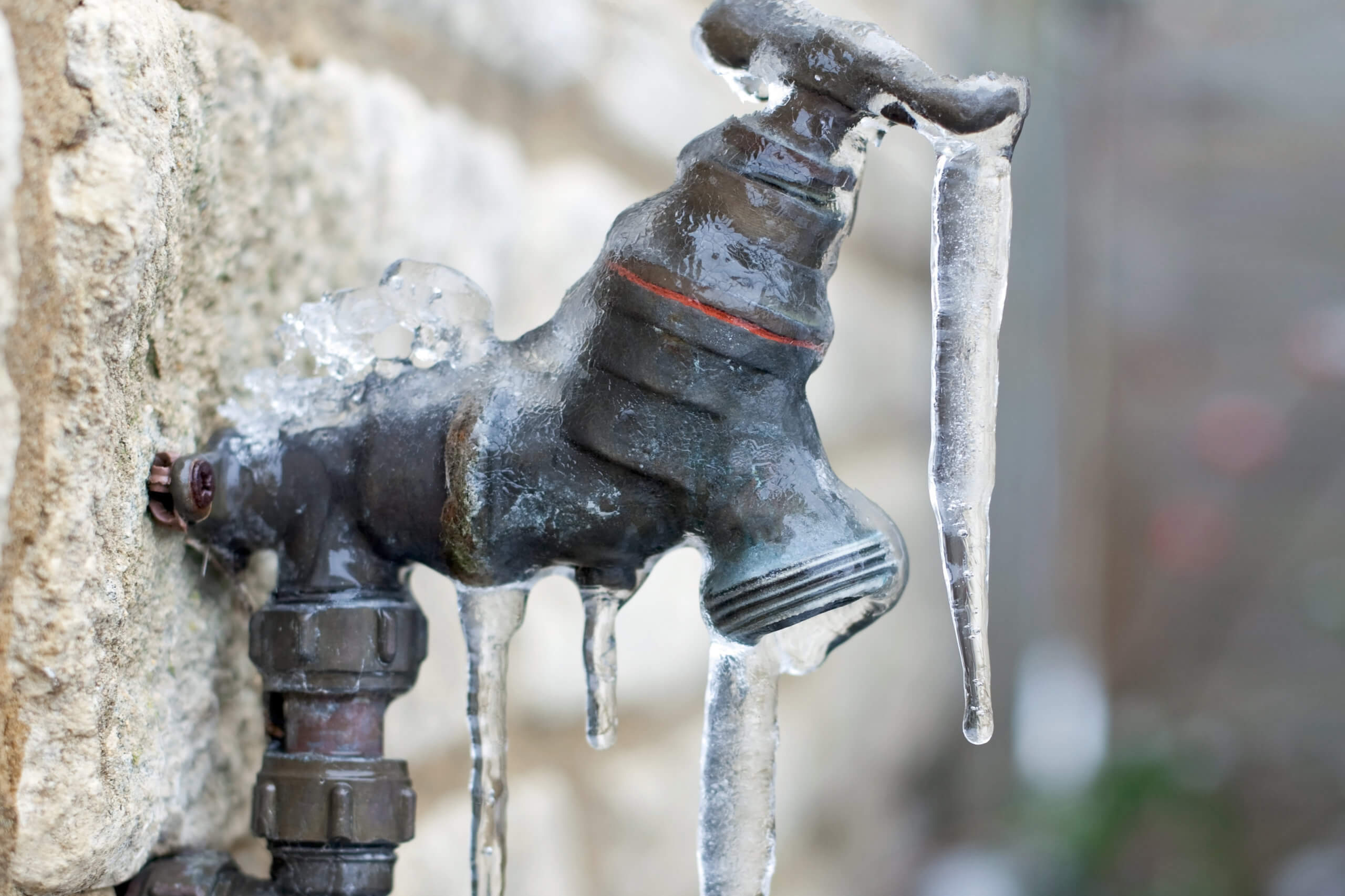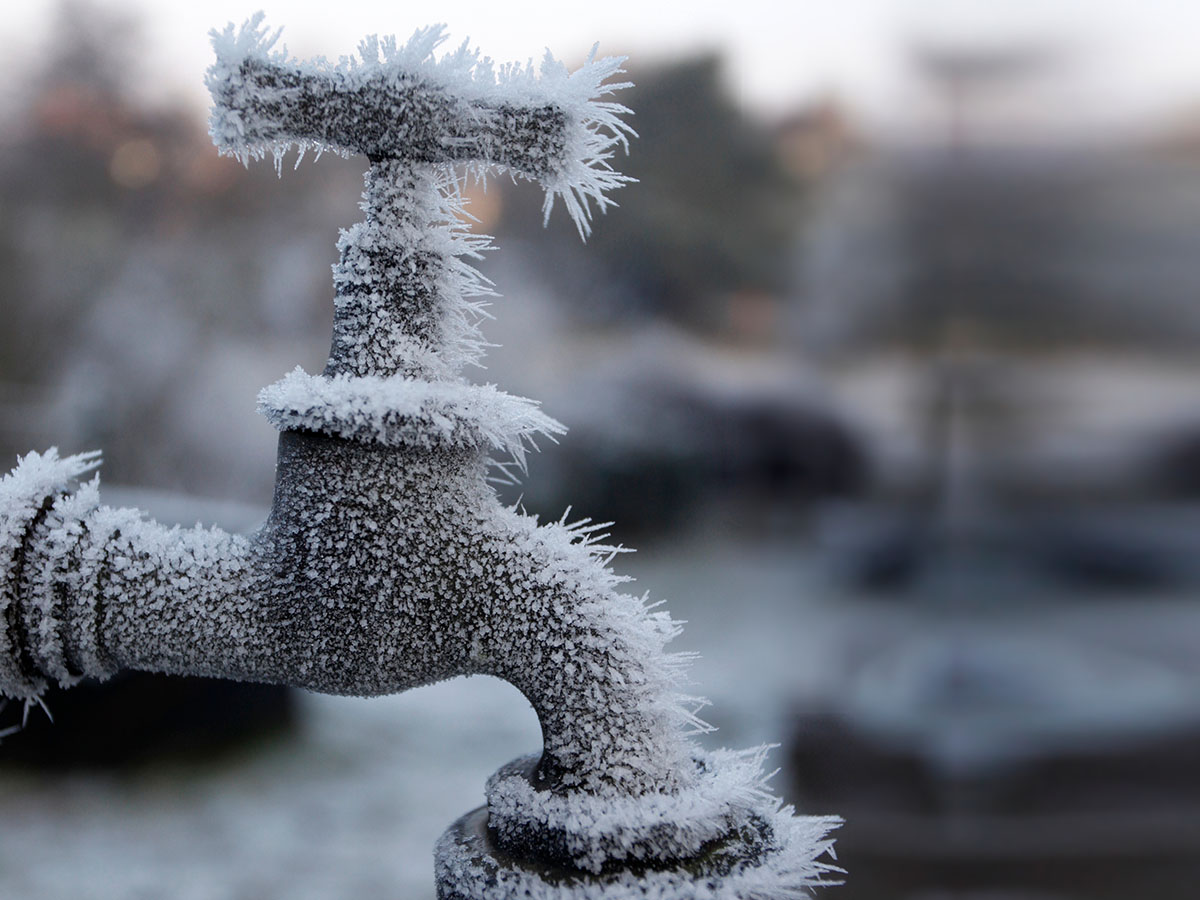Guidance for Avoiding Frozen Pipes in Winter: Specialist Insights
Guidance for Avoiding Frozen Pipes in Winter: Specialist Insights
Blog Article
What are your concepts about How to Prevent Your Pipes From Freezing?

Cold weather can wreak havoc on your plumbing, particularly by freezing pipes. Below's just how to avoid it from happening and what to do if it does.
Introduction
As temperatures decline, the risk of icy pipes rises, potentially leading to costly repair work and water damage. Recognizing just how to stop icy pipes is vital for property owners in cold environments.
Prevention Tips
Shielding susceptible pipes
Cover pipes in insulation sleeves or utilize heat tape to protect them from freezing temperatures. Focus on pipelines in unheated or external locations of the home.
Heating methods
Keep interior spaces sufficiently heated up, particularly areas with pipes. Open up closet doors to enable warm air to circulate around pipelines under sinks.
How to recognize frozen pipelines
Seek decreased water flow from faucets, uncommon odors or noises from pipes, and noticeable frost on revealed pipelines.
Long-Term Solutions
Structural modifications
Consider rerouting pipelines away from outside walls or unheated areas. Add extra insulation to attic rooms, basements, and crawl spaces.
Updating insulation
Buy premium insulation for pipes, attic rooms, and wall surfaces. Appropriate insulation helps preserve regular temperature levels and minimizes the danger of icy pipes.
Protecting Outside Pipes
Yard hose pipes and exterior taps
Disconnect and drain pipes garden hoses before winter. Set up frost-proof spigots or cover outdoor taps with shielded caps.
Understanding Frozen Pipes
What creates pipes to freeze?
Pipelines ice up when exposed to temperature levels below 32 ° F (0 ° C) for expanded durations. As water inside the pipes freezes, it broadens, putting pressure on the pipeline wall surfaces and potentially creating them to rupture.
Risks and damages
Frozen pipes can result in water supply interruptions, property damages, and pricey repair services. Ruptured pipes can flood homes and trigger considerable architectural damages.
Indications of Frozen Water Lines
Identifying frozen pipes early can prevent them from breaking.
What to Do If Your Pipes Freeze
Immediate actions to take
If you believe frozen pipelines, keep taps open to eliminate pressure as the ice melts. Make use of a hairdryer or towels taken in hot water to thaw pipes gradually.
Verdict
Stopping icy pipes needs aggressive procedures and fast responses. By comprehending the reasons, signs, and preventive measures, property owners can secure their pipes throughout cold weather.
6 Proven Ways to Prevent Frozen Pipes and Protect Your Home
Disconnect and Drain Garden Hoses
Before winter arrives, start by disconnecting your garden hoses and draining any remaining water. Close the shut-off valves that supply outdoor hose bibs and leave the outdoor faucet open to allow any residual water to drain. For extra protection, consider using faucet covers throughout the colder months. It’s also important to drain water from any sprinkler supply lines following the manufacturer’s directions.
Insulate Exposed Pipes
Insulating your pipes is an effective way to prevent freezing. Pipe insulation is readily available at home improvement stores and is relatively inexpensive. Pay close attention to pipes in unheated areas such as the attic, basement, crawl spaces, or garage. Apply foam insulation generously to create a buffer against the cold. You can also wrap your pipes in heat tape or thermostat-controlled heat cables for added warmth.
Seal Air Leaks
Inspect your home for any cracks or openings that could let in cold air. Seal any holes around the piping in interior or exterior walls, as well as the sill plates where your home rests on its foundation. Additionally, make sure to keep your garage door closed unless you’re entering or exiting. Leaving it open creates a significant air leak that can lead to frozen pipes.
Allow Warm Air Circulation
During cold snaps, it’s essential to allow warm air to circulate evenly throughout your home. Leave interior doors ajar to promote better airflow. Open kitchen and bathroom cabinets to help distribute heat consistently around the rooms. If you have small children or pets, be sure to remove any household chemicals or potentially harmful cleaners from open cabinets for safety.
Let Faucets Drip
A small trickle of water can make a big difference in preventing ice formation inside your pipes. When temperatures drop significantly, start a drip of water from all faucets served by exposed pipes. This continuous flow helps prevent the water from freezing. Additionally, running a few faucets slightly can relieve pressure inside the pipes, reducing the chances of a rupture if the water inside does freeze.
https://choateshvac.com/6-proven-ways-to-prevent-frozen-pipes-and-protect-your-home/

As an avid reader on How to Prevent Your Pipes From Freezing, I thought sharing that short article was mandatory. Feel free to set aside a second to promote this write-up if you enjoyed reading it. Thank you so much for your time invested reading it.
Website Report this page